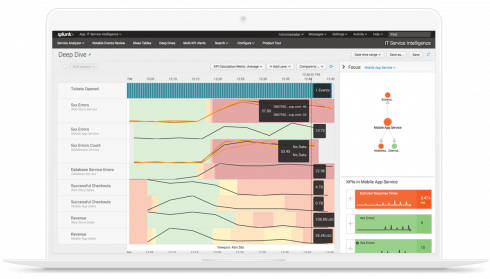
Splunk Inc. has announced an agreement to acquire Phantom Cyber Corporation. Phantom is a security orchestration, automation and response (SOAR) solution provider. Splunk is expected to acquire Phantom for a total purchase of approximately $350 million.
According to the company, the plans are to integrate Phantom’s security automation and orchestration platform into its security operations center (SOC) platform.
“Sourabh Satish and I founded Phantom to give SOC analysts a powerful advantage over their adversaries, a way to automatically and quickly resolve threats,” said Oliver Friedrichs, founder and CEO of Phantom, who will be joining Splunk’s security markets division. “Combining SOAR with the industry’s leading big data platform is a revolutionary advance for security and IT teams and will further cut down the time it takes them to eliminate threats and keep the business running. We are thrilled to empower Splunk customers to solve these important challenges.”
According to Phantom, the company’s SOAR platform has improved the efficiency of security operations, which includes automating tasks, orchestrating workflows, improving collaboration, and enabling organizations to respond to incident at machine speed. Becoming part of the SOC platform, this will assist SecOps teams in advancing cyber defense, accelerating incident response, and reducing staff and skills challenges.
“Phantom’s employees and technology significantly expand and strengthen Splunk’s vision for the security nerve center and for business revolution through IT,” said Doug Merritt, president and CEO of Splunk. “Splunk is committed to continuously pushing the limits of technology to help our customers get the answers they need from their data. I am very excited to reach this definitive agreement with Phantom and look forward to welcoming the team to Splunk.”
Splunk explained with this agreement the company is looking beyond incident response. According to the Splunk, recent data from Gartner predicts 40 percent of large enterprises will combine big data and machine learning functionality to either support or eventually replace monitoring, service desks, and automation process tasks by 2020.








